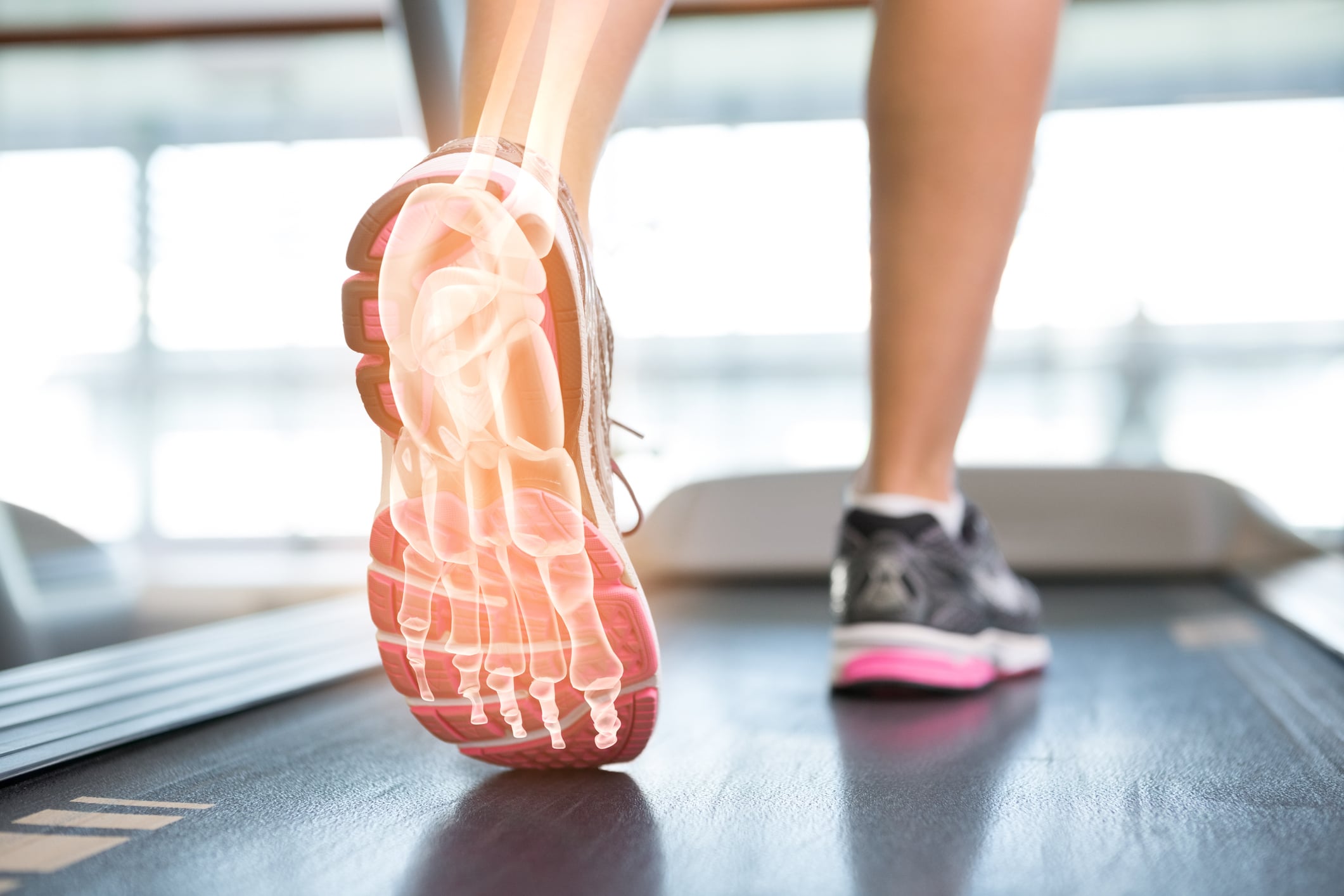
Returning to running after a broken foot is always tough. No matter what kind of shape you’re in or how much you could run before, getting back into your old routine is always a slow process. There’s not much you can do to speed up your recovery, but you can make sure that you will eventually start running again without risking any further injury. Here are just a few tips that will help you with that.
Listen to Your Doctor
First of all, you should always follow your doctor’s instructions. Your doctor will be able to tell you when it’s safe to start running after a broken foot, so don’t start before that.
Stay As Active as You Can
One of the biggest problems with recovering from an injury is not being able to keep up with your training. You will eventually recover from your broken foot as long as you heed your doctor’s advice, but you might be out of shape once you get back on the road again. Find some ways to stay active to keep this from happening. They obviously won’t involve putting too much weight or pressure onto your broken foot, but they will keep you from feeling too exhausted during your first post-fracture run. Stick to exercises that improve your flexibility and core strength.
Start Slow
Once you’re able to start running again, make sure to start slow. Don’t go on the kinds of long runs that you enjoyed before your injury. Instead, start with a shorter run that won’t tax you too much. You might be a little out of shape even if you’ve tried to stay active, and you might feel some pain in your foot if you try to go too hard. Only attempt what you’re comfortable doing at first, and stop if you feel that you should. You can gradually pick up the pace later after you’ve recovered some of your old stamina.
Don’t Hesitate to Ask for Help
When you’re returning to running after a serious injury, things will be harder for you than they were before. Don’t be afraid to ask for help if you need it, whether that means working out with a friend who will provide assistance if things get too difficult or speaking to your doctor about how to best handle your recovery. You might not feel like you need this kind of assistance, but it’s always better to be safe than sorry.
For more information about how you can help with your own recovery after you’ve broken your foot, contact Dr. Pedram Aslmand today.

